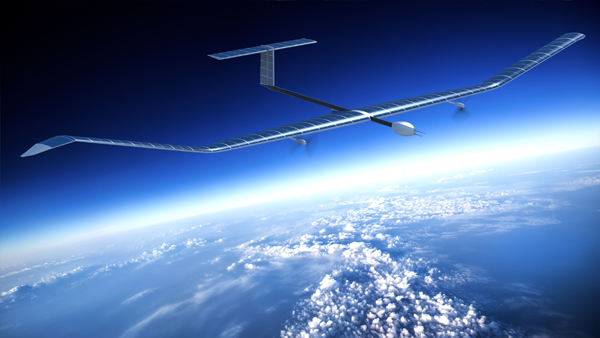The European Space Agency is studying the potential of High Altitude Pseudo-Satellites (HAPS) to complement its satellites while also accelerating space technologies through early, high-altitude flight testing.
The European Space Agency (ESA) says it is considering extending its activities to High Altitude Pseudo-Satellites (HAPS) — platforms that float or fly at high altitude like conventional aircraft but operate more like satellites, remaining in position inside the atmosphere for weeks or even months, offering continuous coverage of the territory below.
ESA regards the vehicles as a valuable way of establishing applications that complement its satellites while also accelerating space technologies through early, high-altitude flight testing.
Several ESA directorates have teamed up to investigate the potential of HAPS platforms, the feasibility of which has been boosted by the maturing of key technologies, including miniaturised avionics, high-performance solar cells, lightweight batteries and harnesses, miniaturisation of Earth observation sensors and high-bandwidth communication links.
ESA has determined that the best working altitude would be around 20km, above the clouds and jet streams and 10km above commercial airliners, where wind speeds are low enough for platforms to hold position for long periods.
From that altitude, HAPS systems can survey the ground to the horizon 500km away, variously enabling precise monitoring and surveillance and high-bandwidth communications or providing a back-up to existing satellite navigation services.
European companies have already unveiled a variety of concepts. Airbus has developed the solar-powered Zephyr, which in 2010 achieved a world record 14 days of continuous flight without refuelling. Zephyr-S is designed to fly payloads of a few tens of kilograms for up to three months at a time, with secondary batteries employed to keep it powered and aloft overnight. A larger Zephyr-T version in preparation will support larger payloads and power needs.
Thales Alenia Space, meanwhile, is studying the Stratobus airship, which is targeting a first flight in 2021. Stratobus can carry up to 250kg, its electric engines enabling the vehicle to hold itself in position, relying on fuel cells at night.
ESA held an inaugural workshop on the subject in October, attended by HAPS specialists and potential customers including the European Defence Agency, Frontex (the EU agency tasked with Europe’s border management) and EU Copernicus environmental monitoring services.

